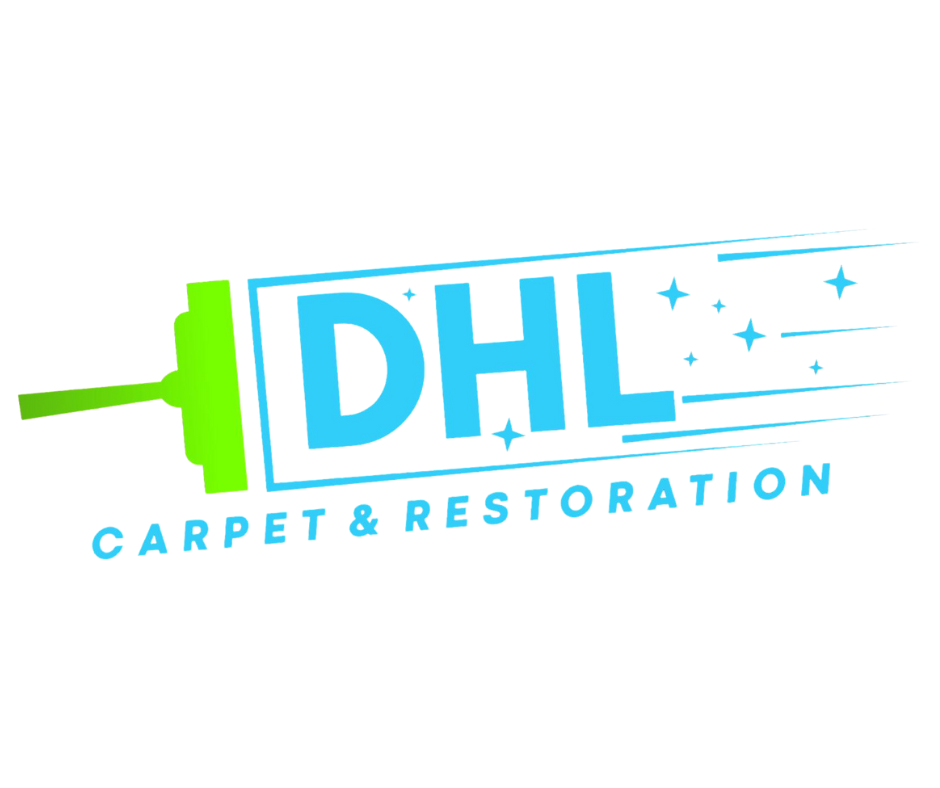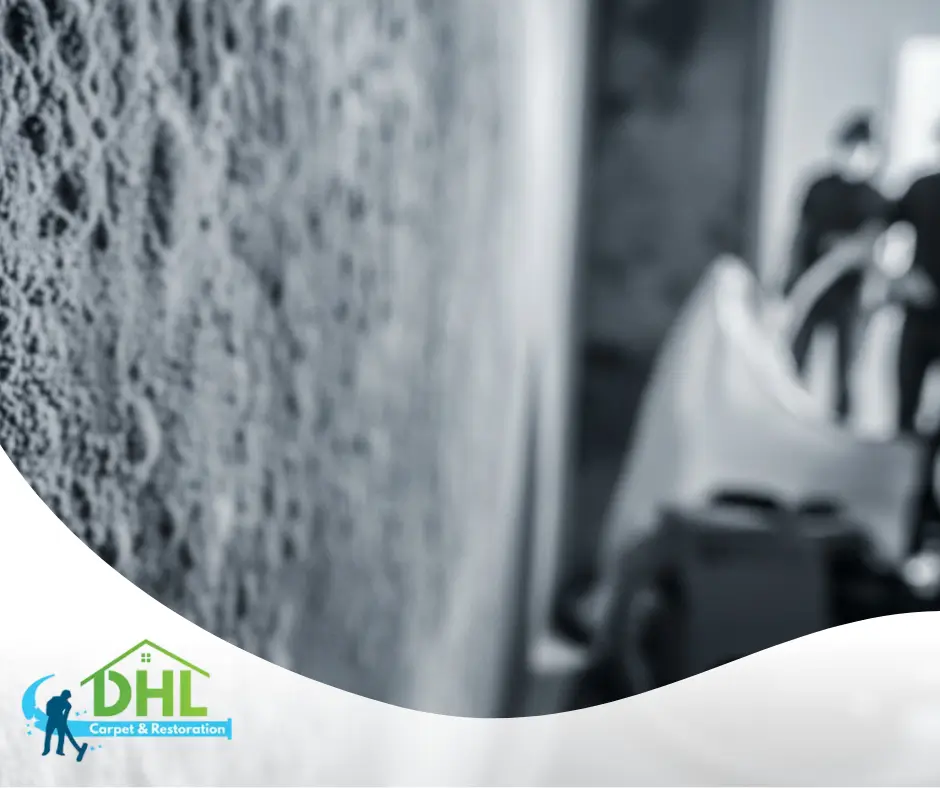Mold can be more than just a nuisance—it’s a serious problem that can affect your health and damage your home. Thankfully, with the right mold remediation process, you can eliminate mold for good and restore peace of mind.
Understanding Mold Remediation
Mold remediation is not just about cleaning up visible mold. It’s a comprehensive process that includes mold removal, addressing the source of moisture, and preventing future mold growth. The goal is to ensure that once mold is gone, it stays gone.
Effective mold removal services involve specialized tools and expert knowledge, which is why working with certified professionals is so important.
Why Mold is More Than an Eyesore
Mold can quickly spread in damp areas and release spores that can trigger allergies and respiratory issues. It can also damage structural elements of your home, including walls, ceilings, and insulation. This is why it’s crucial to take action before mold becomes a larger problem.
Proven Methods for Long-Term Mold Remediation
Let’s break down the proven methods that professionals use for lasting mold remediation:
1. Thorough Inspection and Moisture Control
The first step in any mold remediation process is a detailed inspection to identify the source of moisture and the full extent of the mold problem. Professionals use tools like moisture meters and thermal imaging cameras to find hidden mold growth behind walls and ceilings.
Since mold thrives on moisture, controlling humidity is key to long-term prevention. This might involve fixing leaks in plumbing, roofs, or windows and ensuring proper ventilation in areas like bathrooms and kitchens.
2. Safe Containment of Affected Areas
To prevent mold spores from spreading to other areas of your home, containment measures are put in place. Using plastic sheeting and negative air pressure, remediation experts isolate the contaminated areas.
3. HEPA Air Filtration and Mold Removal
During mold removal, professionals use industrial-strength HEPA air scrubbers to capture airborne spores and improve indoor air quality. This step is crucial for ensuring that spores don’t linger and cause future problems.
Physical removal of mold-infested materials is done carefully. Depending on the severity, contaminated drywall, carpeting, or insulation may need to be replaced. Surfaces are cleaned with antimicrobial treatments that not only remove existing mold but also help prevent regrowth.
4. Cleaning and Deodorizing
Once the bulk of the mold has been removed, all surfaces are meticulously cleaned and sanitized. This includes furniture, flooring, and personal belongings that can be safely restored. Deodorizing treatments are also used to eliminate musty smells, leaving your home fresh and clean.
5. Restoration and Prevention
The final step of the mold remediation process is restoration. Any damaged walls or flooring are repaired or replaced, bringing your home back to its pre-mold condition. To maintain a mold-free environment, professionals often recommend using dehumidifiers in damp areas and maintaining good airflow throughout the home.
Why Professional Mold Remediation Matters
DIY cleaning might seem like a quick fix, but true mold remediation requires specialized equipment and knowledge to ensure that mold doesn’t return. Professional mold remediation specialists not only remove visible mold but also address the root causes to prevent recurrence.
By investing in professional mold removal services, you’re safeguarding your health and your home for the long term.
Maintaining a Mold-Free Home
After remediation, staying proactive is key to preventing future mold problems. Here are some simple tips to keep your home healthy and mold-free:
- Use dehumidifiers to keep humidity levels below 50%.
- Quickly repair any leaks in plumbing or roofing.
- Ensure bathrooms and kitchens are properly ventilated.
- Regularly inspect areas prone to dampness and address moisture issues promptly.
Final Thoughts
Mold might be a persistent enemy, but with proven mold remediation methods and the help of professional experts, you can eliminate it for good. Don’t wait until mold takes over—take action today and enjoy a cleaner, healthier home tomorrow.
READ MORE:

